First of all, an announcement on behalf of Synchronized Chaos Magazine. We’re going to help authors with research by setting up a section where readers and contributors can volunteer to provide information to authors who want to do research for their writing projects. So, if you have knowledge or lived experience in some area and are open to answering questions for someone’s project, please email us at synchchaos@gmail.com and we’ll add you to our upcoming list!
Now for this month’s issue: Self, Others, Source. As a teenager I attended a spiritual retreat where the leader encouraged us to think of our relationship to ourselves, the people and other beings in our lives, and our Source, the higher power, however we understood that. He commented that when we got in trouble, we could imagine sending out an S-O-S and looking within, to our social networks, and our faith.
Some of this issue’s contributors engage with the self.
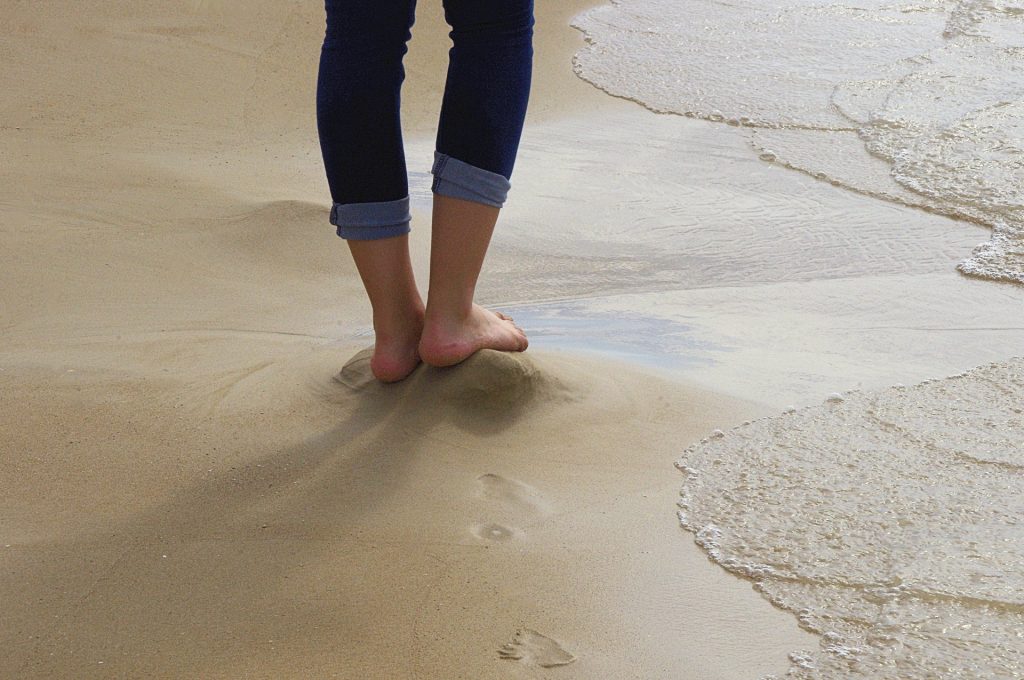
Bari Robinson’s excerpt from An American Daughter of Brown describes the inner strength and struggles of a young civil rights-era Black girl claiming her sense of self.
Sandra Rochelle describes a healing journey where a woman chooses play and joy over self-conscious judgement.
Rus Khomutoff speaks to dreams, the surreal, and the subconscious as Texas Fontanella’s pieces express energy, tension, and action within the artist’s mind and Mark Young sends up swatches and swathes of color and texture. J.D. Nelson experiments with thought bubble bursts of words.
J.J. Campbell reflects on memories and disillusionment and the fragility of hope as Elan Barnehama offers an exploration of how an introvert and an extrovert cope with tragedy.
Jonibek Miraxmedov presents the poetry of youth: first love, optimism, dedication and determination, and joy in life. Z.I. Mahmud examines the psychological and emotional world of T.S. Eliot’s The Love Song of J. Alfred Prufrock.
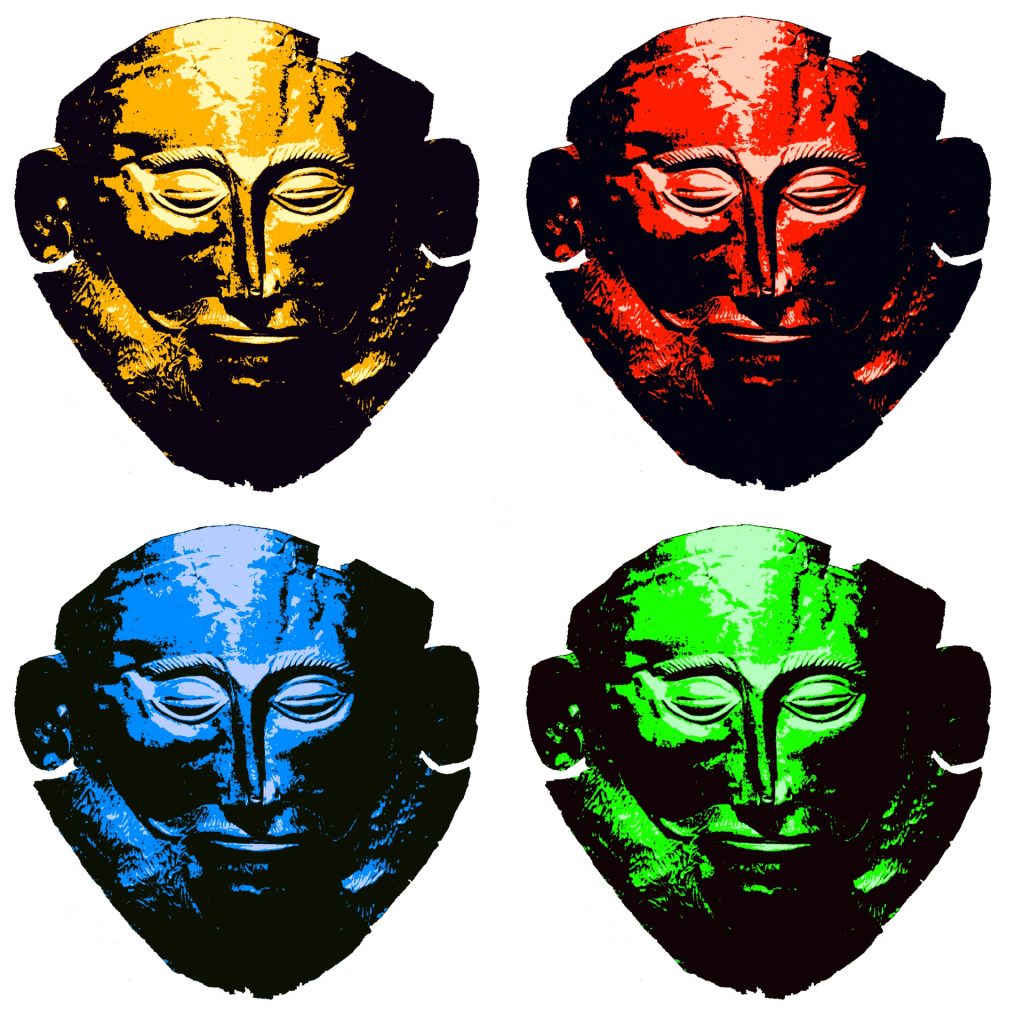
Mykyta Ryzhykh speculates on the competing twin powers of passion and destruction, Eros and Thanatos, sensuality and fear and death. Prosper Isaac draws on the dual nature of the cultural symbol of flowers, joy and grief, weddings and funerals, the happiness and sorrow making up all of our lives.
Salihu Muhammad’s piece reminds us that like ripples in a pond, our attitudes and character shape how we view the world.
Other work addresses the human and natural world around us.
Kylian Cubilla Gomez’ photography captures moments of delicacy, small creatures or objects, and encourages us to pay attention to our world on a micro level.
Marisa LaPorte describes a quest for peace of mind and peace within a family. Taylor Dibbert continues to reflect on a divorce and all it portends for his poetic speaker. Abdel Zahra Amara’s short story, translated by poet Faleeha Hassan, comments on the difference between pretty sentimentality and actual love.
David Sapp reflects on adult friendship and what makes a good friend versus a good colleague as Quinn’s evocative story highlights the power of childhood friendship to change a life and remain in a person’s memory for years.

Talia Borochaner finds the poetry in childbirth, gardens, and kitchens as the heart of much existence. Abdullajonova Zurakhan’s poem laments a caring and faithful uncle who passed away. Nosirova Gavhar writes of a young ballerina shaped by the love and encouragement of her father. Ilhomova Mohichehra celebrates the sweet fruit and memories of her home village. Tursunova Sarvino brings a scientific analysis to an aspect of childcare, the development of children’s speech abilities.
Akmalova Zebokhan Akobirkhan contributes a whimsical love poem about the disorientation she feels due to her emotions. Maja Milojkovic reflects on different types of sentimental sweetness in life and cautions us to enjoy with discretion. Mesfakus Salahin evokes the various senses in his love poem.
Raquel and Brian Barbeito reminisce on the joy of living with seven dogs throughout their lives, each of whom had a unique personality. Sushant Kumar merges with both the Earth and a lover in his poem. Sayani Mukherjee highlights the power of the sun in an evocative summer pond scene while Wazed Abdullah reflects on the calm of a moonlit night. Naeem Aziz’ poem draws on natural imagery to highlight the inner and outer beauty of a woman he loves. Maftuna Rustamova’s work urges preservation of the natural environment as Lilian Dipasupil Kunimasa calls on people to step up amidst their trauma and exhaustion to heal Mother Earth.
Madinabonu Mavlonova outlines methods to improve seed germination in a plant biology laboratory. Ilnura Ibrohimova points out the importance of food safety and safe preservation of food as part of a strategy to feed the world.
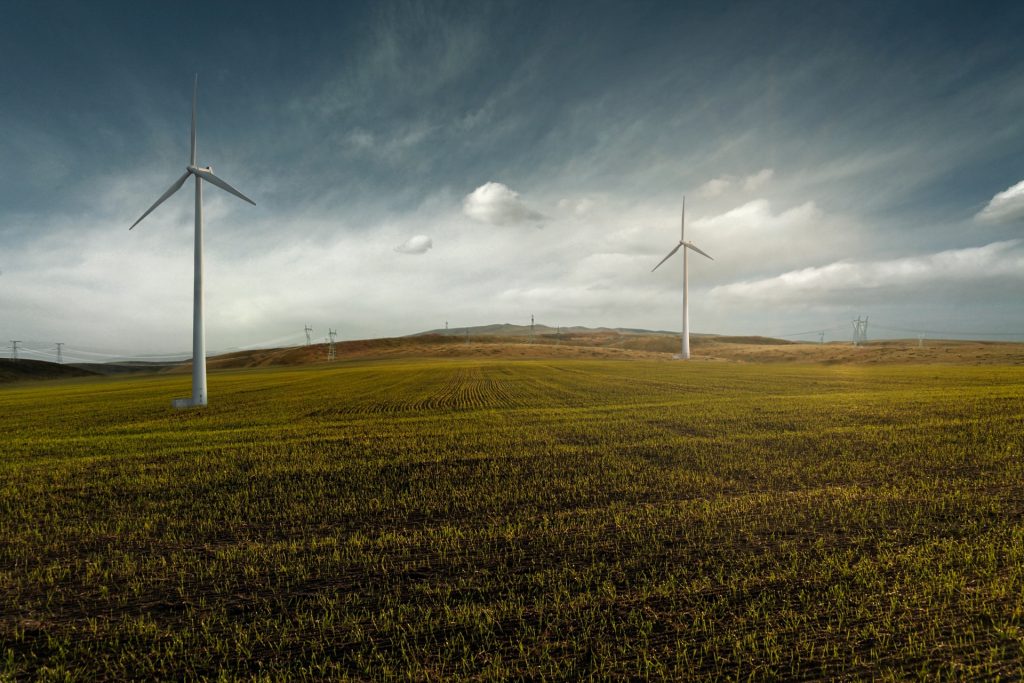
Jonibek also suggests ways for Uzbek businesses to adapt to technological changes and increasing environmental awareness. Muquaddas Maxmarejabova outlines the many practical and social changes that came with industrialization.
Isabel Gomez de Diego’s work captures history still standing: a concrete cellar and castle from centuries ago and a dinosaur museum. Shodiyeva Mehribon asserts the pride she takes in her heritage and homeland of Uzbekistan as a young person shaping her country’s future as Alina Ibrohimova offers a tribute to the nation’s Olympic athletes.
Sitora Otajonova outlines the promise and problems of social media for contemporary users. Pat Doyne expresses her hopes for civil dialogue, equality, and progressive values.
Fatima Abdulwahab’s piece is a lament for a lost home and family in a war-torn country while Faleeha Hassan describes war as a hungry, predatory, grotesque animal. The poetry of Abdulrasheed Yakubu Ladan highlights the corruption often present in politics when there is a great power imbalance. Mahbub Alam draws on the metaphor of a large bird being chased away to depict the recent student revolution in Bangladesh. Daniel DeCulla’s poetry highlights how even candidates praised with lofty rhetoric and slogans will not be perfect or bring peace to our world. Naeem Aziz writes of students taking to the streets to make things right.
Anila Bukhari encourages writers to bring hope to those who struggle and bear witness to the world’s tragedies. Martha Ellen’s poetry muses about wide-ranging effects of trauma on a personal level, finding compassion for aggressors as well as victims. Komron Mirza laments the decline of dignity, ethics, and compassion in his society.
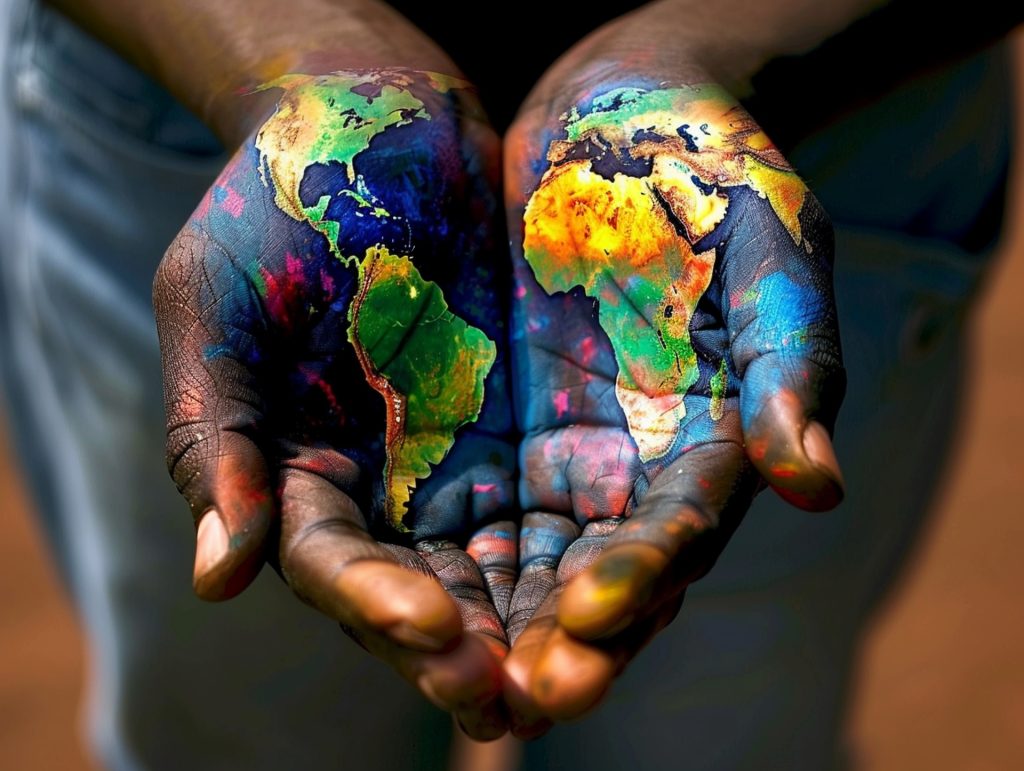
Bekzod Ergashev highlights the problem of youth unemployment within Uzbekistan and its effects on the economy as well as on youth confidence.
Nigora Tursunboyeva’s short story highlights the pain of impoverished orphans in Uzbekistan and the fragility of all our lives. Sonmin Yoongi urges people to live lives of compassion, dignity, and faith.
And still other contributors consider matters of faith, the divine, and sources of ultimate purpose and meaning in life.
Stephen Jarrell Williams’ poem evokes the light of truth coming through the darkness.
Jacques Fleury reviews Lori Shiller’s The Quiet Room through a philosophical lens, as a memoir of finding purpose and meaning through community and service while living with disabling mental illness.
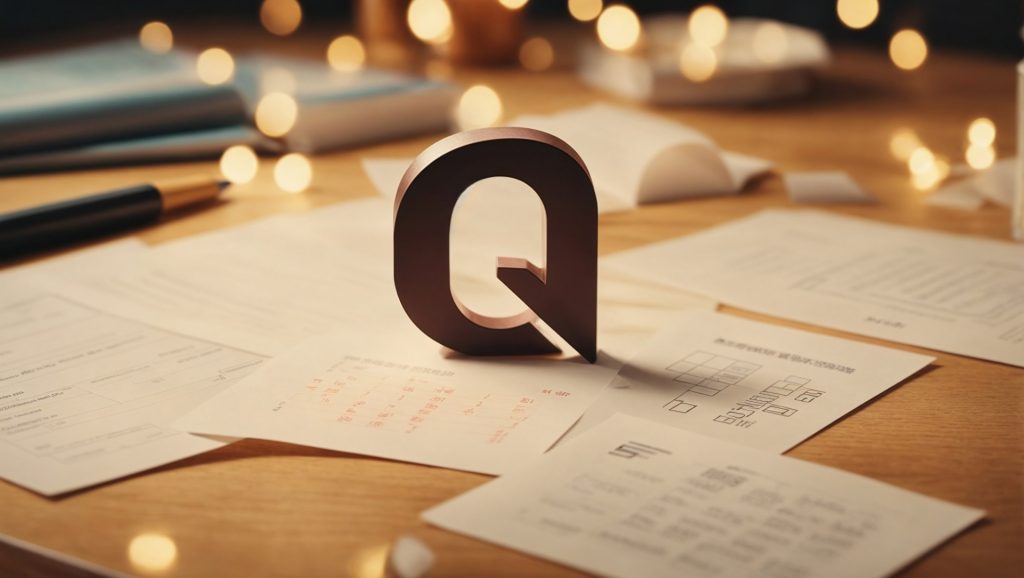
Amirah Al-Wassif renders family tragedies and spiritual searchings into surrealist poetry while Kahlil Crawford reviews the eclectic, evocative, and ethereal stylings of musical artist Pinhdar.
Duane Vorhees probes and turns over thoughts about religion and art, history and youth, in his poetry.
Of course, facets of our existence cannot so easily be divided into three boxes. Many contributors’ sense of self is shaped by their communities and cultures, many times meaning and purpose in life comes from serving others, and it becomes possible to live in a healthy relationship with others when one is strong within oneself.
So, while these dimensions inevitably overlap and influence each other, they provide a general guide to understanding ourselves and are a source of artistic inspiration.
